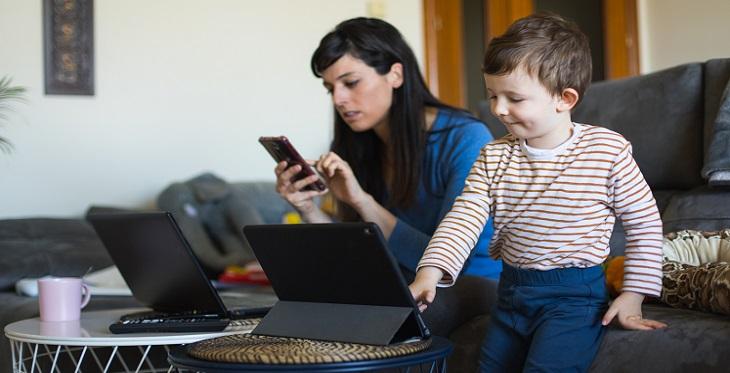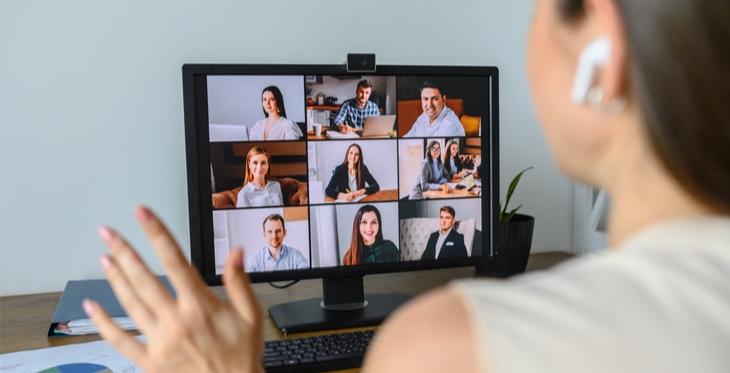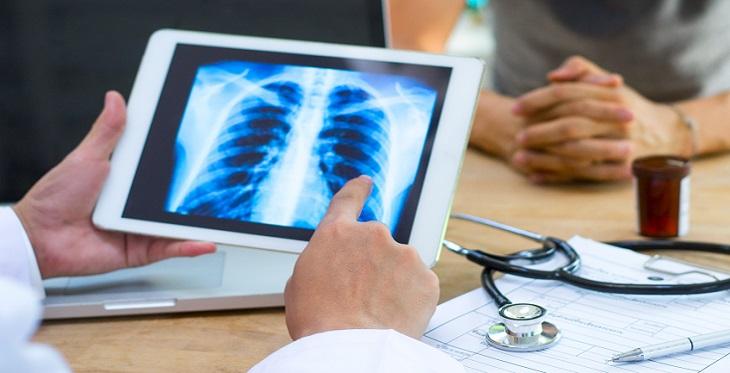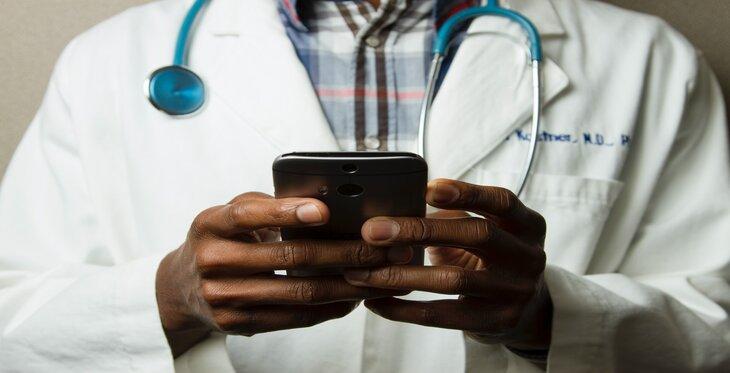The coronavirus pandemic has changed our lives in many ways. Adapting to the “new normal” can be difficult, I know. However, now we have enough technological solutions to continue many of our regular activities. For instance, we’re getting used to working from home and ordering takeout. I stay in touch with my friends and relatives thanks to video calls, and I even purchased weights to work out at home. Is there anything we can’t do from home? For instance, what can you do if you or your child feel sick?
Southwest Telehealth Resource Center Blog

By Elizabeth A. Krupinski on
No – not that first time! How was your very first telemedicine visit? Since the beginning of the COVID pandemic back in March a significant number of people have had their very first telemedicine visit. Surprisingly, even though I’ve been involved in telehealth for over 30 years, I actually fall into that group of “newbies”. I am very fortunate (knock on wood) to be overall quite healthy. My typical medical routine consists on an annual physical, annual mammogram and dental check-ups every 6 months for the most part. Breaking my leg skiing in 2019 – trust me – that surgery could not have been done remotely and the rehab really required all the cool tools and devices my physical therapist had on site.

By Jane Erikson on
Telecommuting, sometimes referred to as telework or working from home (WFH), got off to a slow start in the U.S. in the 1970s. With a viral pandemic forcing workers to consider the risk of infection from proximity to co-workers, nearly half of US workers have locked their office doors and headed for home. That’s more than twice as many as those telecommuting, at least occasionally, from 2017 through 2018, according to the Brookings Institution, a non-profit public -policy organization based in Washington, D.C.

By Alanna Rufe on
I have spent the last year training as an infectious diseases pharmacist at Banner University Medical Center-Tucson. A large part of this has been participating in weekly HIV office visits at the Petersen HIV Clinics with Stephen Klotz, MD, Larry York, PharmD, and our lead clinical coordinator, Cesar Egurrola. This multidisciplinary team approach allows the physician to guide the patient’s care, the HIV clinical pharmacist to manage the medication aspects, and the clinical coordinator to manage the behavioral and social needs.

By Elizabeth A. Krupinski on
There is no doubt that COVID-19 has disrupted our healthcare systems and the general population worldwide in a host of ways no one could have imagined just 6 months ago. On a regular basis, we hear on the news stories about how many cases there are, how many deaths, where to get tested, hot spots, how healthcare disparities contribute to certain populations being more vulnerable than others, and how we need to social distance, wash our hands and wear masks.


